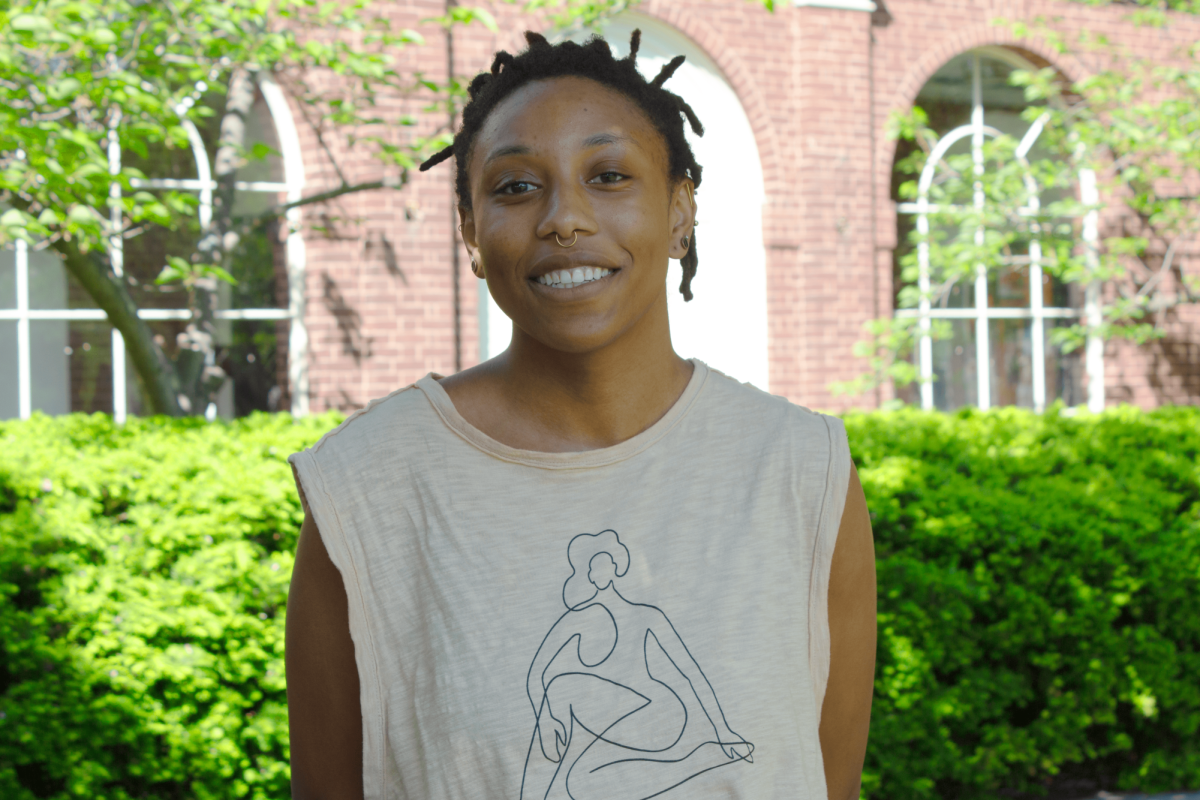Editorial: University admissions: Is test-optional optimal?
Beginning with students applying for enrollment to the University in the Fall of 2020, standardized test scores (SAT or ACT) will become optional. However, testing will still be required for varsity athletes (to calculate the Patriot League Academic Index), home-schooled students (to provide a standardized measure given individualized transcripts), and international students (to assist with verification of credentials). This policy will be implemented on a five-year pilot basis to assess the patterns of success for non-test-submitting students compared to test-submitting students.
The University joins the likes of Wake Forest University, Bates College, and the University of Chicago in going test optional. Nevertheless, it is important to ask the question: why make this change? This move by the school may appear to be a heroic attempt at erasing the unfair advantage that arises from the persistent misunderstanding in how we evaluate intelligence, however, it may have an underlying, less amenable motive. One may assume that the University made this change due to comparable schools making similar moves, as well as efforts to increase the size of the applicant pool to lower the acceptance rate, making the school look more prestigious.
Regardless of competitive percentages, this change in the University’s application process promises to increase the diversity of the student body. The SAT and ACT often reduce students to a number; a student’s drive, interpersonal skills, and other relevant qualities are devalued, as the applications of many who excel in elements other than hours-long testing may be immediately placed in the “reject” pile.
Since the 1920s, standardized testing has been used as an attempt to determine academic potential. Yet today the SAT and ACT are often believed to be better measures of wealth than of intellectual talent. In fact, these assessments are inherently biased by social class, ethnicity, region, and other cultural differences. Low-income communities often rank lower than wealthy communities in terms of testing, as they lack the necessary educational resources and funding to earn high scores.
The gap in student achievement is most pervasive in the college admissions process, as students are primarily judged on their scores. Upper-class communities promote test prep and tutoring in order to ensure a high test score, and in turn a college acceptance. Expensive and time-consuming preparation is necessary for many to successfully navigate the exam’s counter-intuitive format while prices for tutoring and classes are upwards of thousands of dollars for only a week of prep. By phasing out test scores, students will be increasingly evaluated within the context of their high school academic and extracurricular achievements, measures that can be seen as both more fair and relevant to the application process.
Standardized testing holds students to a singular and formulaic standard of intelligence – often disregarding creativity, innovation, communication, and other skills. Further, these assessment methods place students with non-traditional learning styles and learning disabilities at a severe disadvantage.
Through eliminating test scores from the admissions process, higher education can return to cultivating a class of deep and innovative thinkers and developing them to their fullest potential. This is necessary for our future as today many states and schools, teachers release control of their curriculum to the test companies. This, in turn, conditions their students to merely learn for a test rather than to gain a holistic and applicable understanding of a subject.
It is essential to note that the University is going test-optional, not test-eliminated. Therefore, students are granted more control over how they present themselves in the college admissions game. Students who believe that their test scores bolster their profile are welcome to submit them, while those who view them as a hindrance are not forced to. Transitioning to adulthood entails determining how to represent yourself in the best light, and a student’s college application is the initiation of this change.
In a successful classroom, students learn as much from their peers as they do from their professors. By making conscious admission decisions to diversify the student body – in every way – we take productive steps towards creating a more comprehensive and inclusive learning environment, one that is more reflective of the world beyond our campus.




















